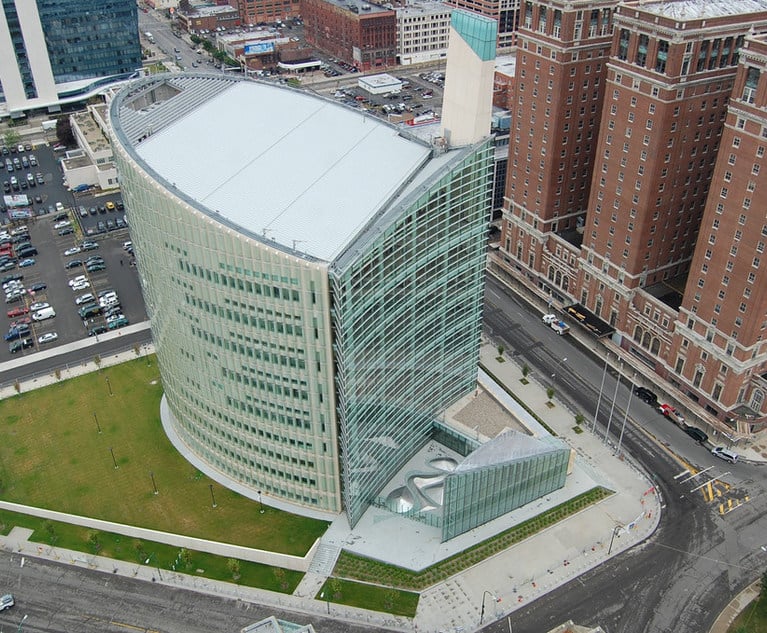The opioid epidemic has plagued the United States for years, and the crisis does not appear to be abating. More than 47,000 people died from opioid overdose in 2017. Centers for Disease Control and Prevention, Opioid Overdose: Drug Overdose Deaths (June 27, 2019). Recent studies estimate that the crisis has cost the economy billions of dollars. Sheelah Kolhatkar, The Cost of the Opioid Crisis, The New Yorker (Sept. 11, 2017) (citing a 2013 study estimating the cost to the economy of $78.5 billion). The impact of the opioid epidemic has also reached the workplace. Specifically, employers face challenges in addressing employees’ addiction to opioids and rehabilitation from such addictions.
Employers’ responsibilities and perspectives concerning opioid addiction may be very different from how employers address addictions to illegal drugs. While employers can lawfully prohibit use of illegal drugs in the workplace, employers cannot impose a blanket restriction on the use of opioids, because physicians can—and frequently do—prescribe opioids for lawful therapeutic purposes. Indeed, one common way in which physicians treat opioid addiction is to prescribe small doses of the drug to break the addiction and simultaneously reduce withdrawal symptoms. This “medication-assisted treatment” can continue for years.


 Jeffrey S. Klein, left, and Nicholas J. Pappas, right, of Weil, Gotshal & Manges.
Jeffrey S. Klein, left, and Nicholas J. Pappas, right, of Weil, Gotshal & Manges.




